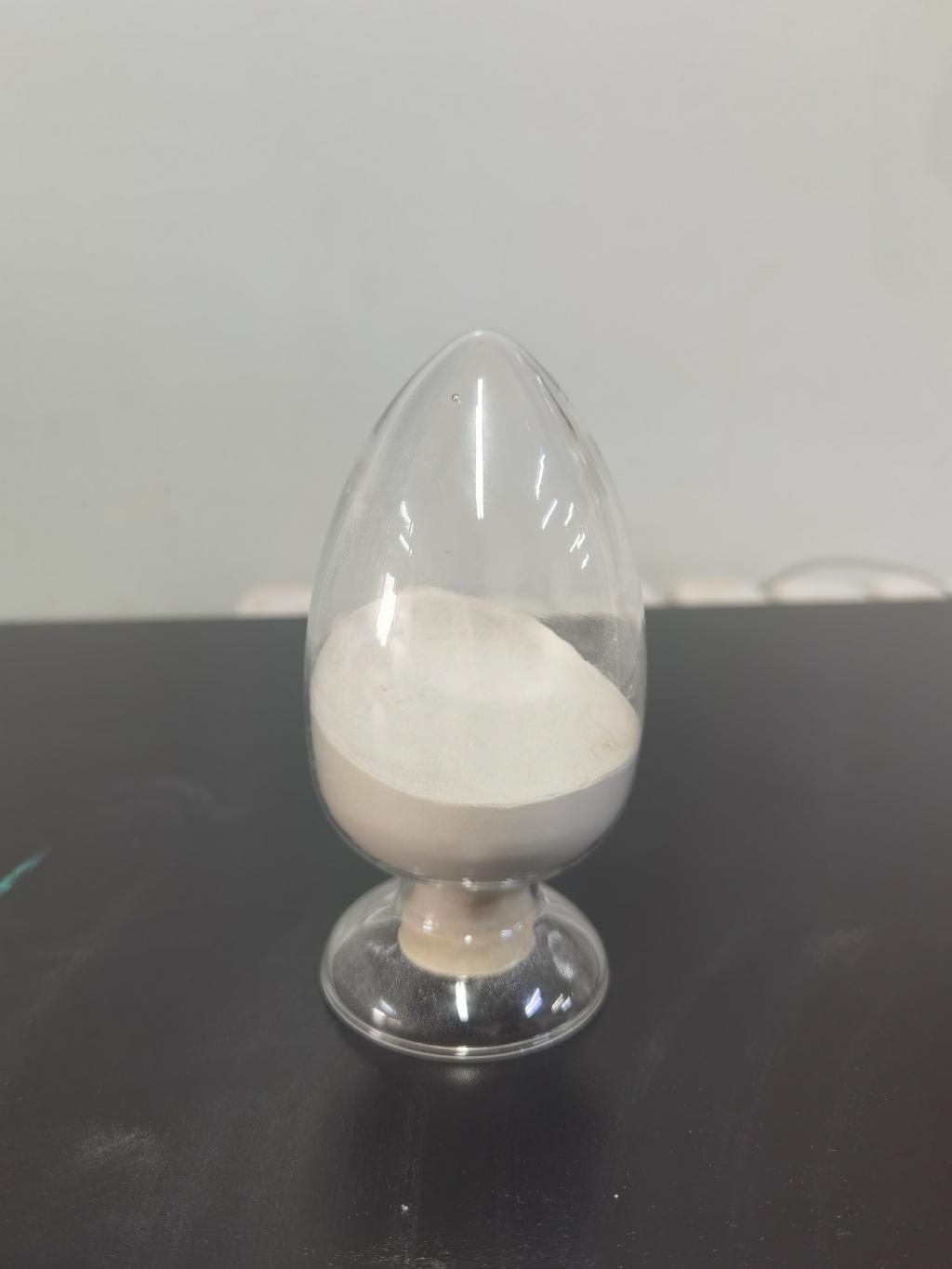Tel:+8618231198596

News
 CONTACT
CONTACT
 CONTACT
CONTACT
- Linkman:Linda Yao
- Tel: +8618231198596
- Email:linda.yao@dcpharma.cn
- Linkman:CHARLES.WANG
- Department:Overseas
- Tel: 0086 0311-85537378 0086 0311-85539701
News
Nisin's role in improving food safety during transportation and storage in the supply chain.
TIME:2024-06-12
Mechanism of Action:
Nisin exerts its antimicrobial activity by disrupting the cell membrane integrity of target bacteria. It binds to lipid II, a precursor molecule involved in cell wall biosynthesis, leading to pore formation and cell lysis. Additionally, nisin can permeabilize the cell membrane, disrupt proton motive force, and inhibit essential cellular processes, ultimately causing bacterial death. This unique mode of action makes nisin effective against a wide range of Gram-positive bacteria, including common foodborne pathogens such as Listeria monocytogenes and Staphylococcus aureus.
Applications in Transportation:
During transportation, food products are exposed to various environmental conditions, including temperature fluctuations and physical shocks, which can promote microbial growth and contamination. Nisin can be incorporated into packaging materials or applied as a surface treatment to inhibit the growth of spoilage and pathogenic bacteria during transit. Active packaging systems containing nisin-releasing films or coatings can release nisin into the surrounding environment, creating a protective barrier against microbial contamination. Additionally, nisin-containing antimicrobial sprays or dips can be applied to food surfaces before packaging to reduce microbial load and extend shelf life during transportation.
Applications in Storage:
Proper storage conditions are essential for maintaining the quality and safety of food products during the distribution and retail stages of the supply chain. Nisin can be incorporated into storage containers, such as bins or crates, to inhibit microbial growth and reduce the risk of contamination during storage. Additionally, nisin-containing preservatives can be added to bulk food ingredients or processed foods to prevent spoilage and extend shelf life in warehouses and distribution centers. Nisin's effectiveness against a wide range of spoilage and pathogenic bacteria makes it a valuable tool for enhancing food safety during storage in the supply chain.
Effectiveness Against Foodborne Pathogens:
Numerous studies have demonstrated the efficacy of nisin against common foodborne pathogens commonly associated with transportation and storage. Listeria monocytogenes, a notorious pathogen responsible for severe foodborne illness outbreaks, is particularly susceptible to nisin due to its membrane-targeting mechanism. Similarly, Staphylococcus aureus, another common contaminant in food products, is effectively controlled by nisin treatment. Furthermore, nisin has been shown to inhibit the growth of other pathogenic bacteria, such as Salmonella spp. and Escherichia coli, contributing to the safety of food products during transportation and storage.
Regulatory Considerations:
The regulatory status of nisin varies among countries, but it is generally recognized as safe (GRAS) for use in food preservation. Regulatory agencies such as the U.S. Food and Drug Administration (FDA) and the European Food Safety Authority (EFSA) have approved the use of nisin within specified limits in various food categories, including packaging materials and preservatives. Manufacturers must adhere to regulatory guidelines regarding the maximum permitted levels of nisin and labeling requirements to ensure compliance and consumer safety.
Future Perspectives:
The use of nisin in improving food safety during transportation and storage holds significant promise for reducing the risk of microbial contamination and spoilage throughout the supply chain. Continued research efforts are needed to optimize nisin formulations, develop innovative delivery systems, and assess its compatibility with different food matrices and packaging materials. Additionally, studies exploring the synergistic effects of nisin with other antimicrobial agents and packaging technologies could further enhance its efficacy in preserving food quality and safety during transportation and storage.
Conclusion:
Nisin offers effective solutions for enhancing food safety during transportation and storage in the supply chain, providing a natural and sustainable means of controlling microbial contamination and extending shelf life. Its unique mechanism of action, compatibility with various packaging materials and storage conditions, and regulatory approval make it a valuable tool for ensuring the safety and quality of food products throughout the supply chain. By incorporating nisin into packaging systems, storage containers, and preservative formulations, food manufacturers and distributors can minimize the risk of microbial contamination and spoilage, ultimately protecting consumer health and maintaining the integrity of the food supply chain.
- Tel:+8618231198596
- Whatsapp:18231198596
- Chat With Skype







